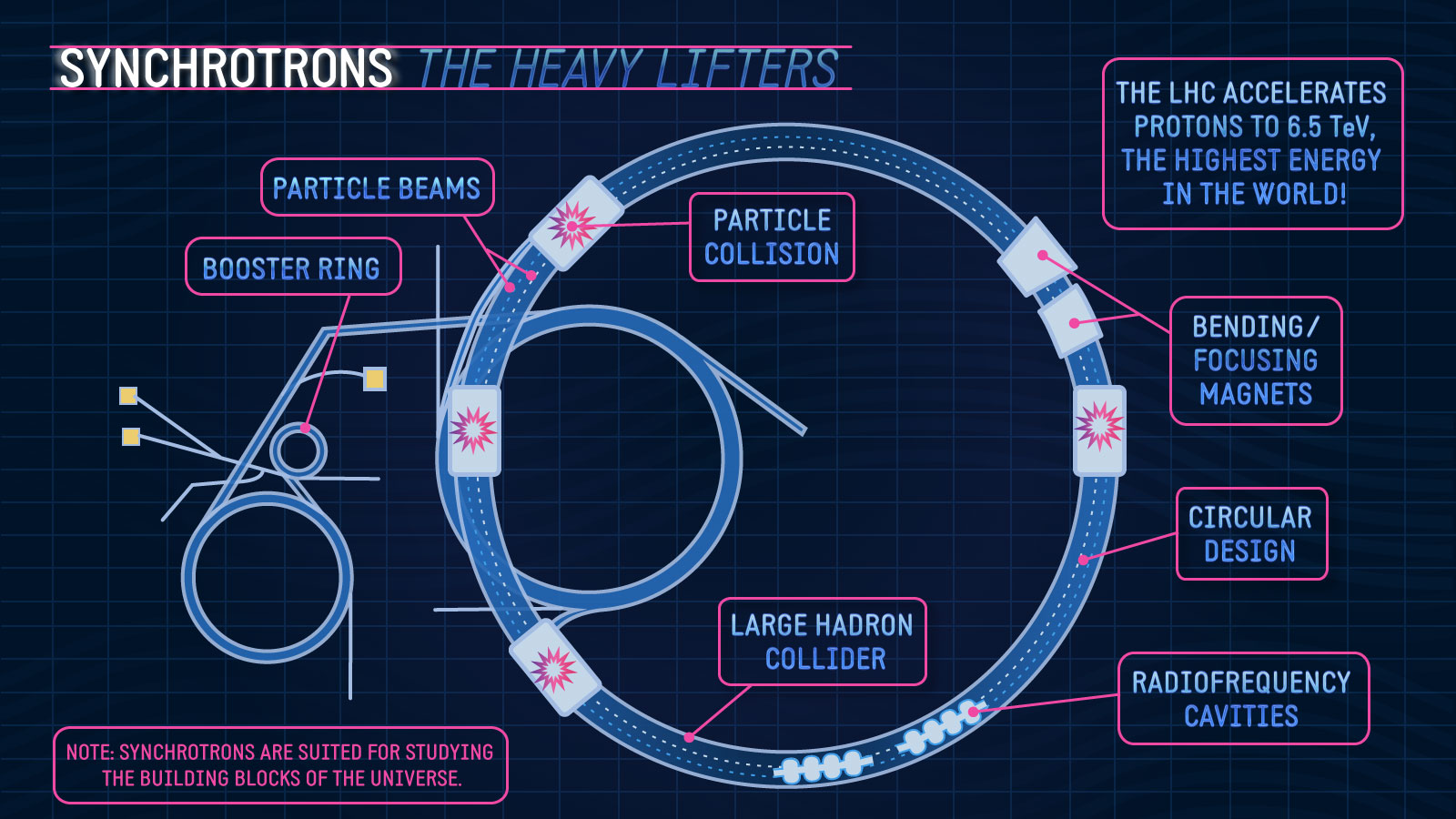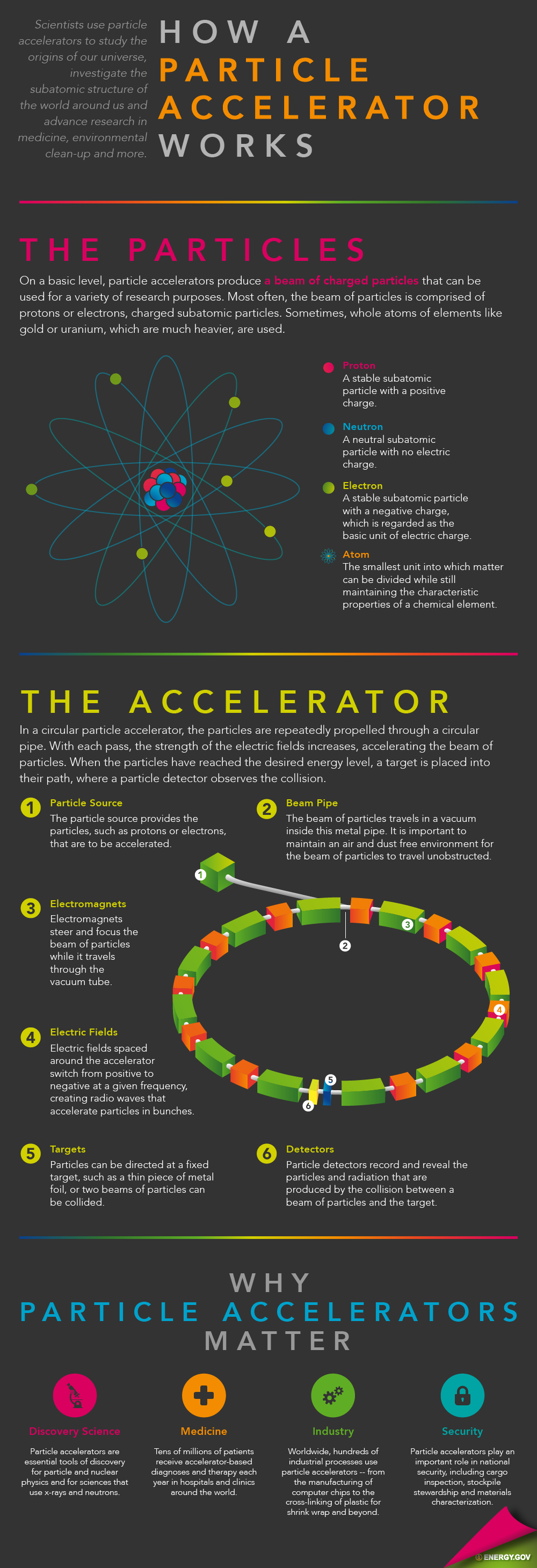Understanding
the largest scientific experiment ever:
The large
hadron collider (LHC)
Where is the LHC?
The Large Hadron Collider
(LHC) is located in a circular tunnel 27
km (17 miles) in circumference.
The tunnel is buried around 100 m
(about the size of a football field) underground.
It straddles the Swiss and French
borders on the outskirts of Geneva at the CERN headquarters.
Why Large, Hadron, Collider?
Large due to its size (approximately 27 km in
circumference)
Hadron because it accelerates
protons or ions, which are hadrons.
Collider because these particles
form two beams travelling in opposite directions, which collide at four points
where the two rings of the machine intersect.
What is a Particle Accelerator?
A particle accelerator is a machine
that accelerates elementary particles, such as electrons or protons, to very
high energies.
There are two basic types of
particle accelerators: linear accelerators and circular accelerators.
Linear accelerators propel
particles along a linear, or straight, beam line.
Circular accelerators propel
particles around a circular track.
The beams travel in opposite directions in separate beam pipes – two
tubes kept at ultrahigh vacuum.
They are guided around the accelerator ring by a
strong magnetic field maintained by superconducting electromagnets
This requires chilling the magnets to ‑271.3°C
– a temperature colder than outer space.
For this reason, much of the accelerator is
connected to a distribution system of liquid helium, which cools the magnets,
as well as to other supply services.
Synchrotrons are the highest-energy particle accelerators in the world. The Large Hadron Collider currently tops the list, with the ability to accelerate particles to an energy of 6.5 trillion electronvolts before colliding them with particles of an equal energy traveling in the opposite direction.  |


